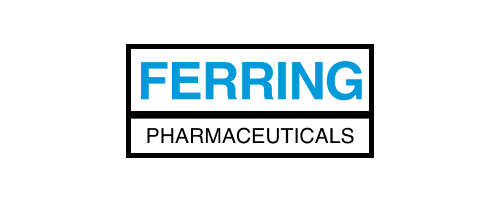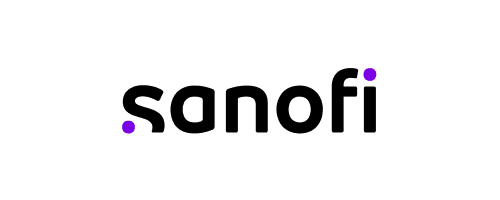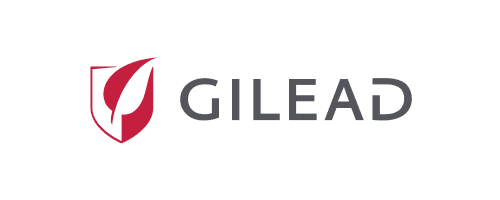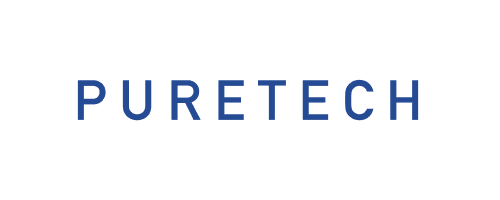For over 70 years, Swiss-based Ferring Pharmaceuticals, one of the world’s largest privately owned biopharmas, has built a strong reputation in reproductive medicine and maternal health, gastroenterology and urology. Recently, the company has gained a foothold in new innovative markets by strengthening its R&D efforts and investing in enabling technologies.
In order to scale innovation for the future, Ferring’s leaders are focusing on digitization and standardization, and strengthening technical operations. Over the past few years, Ferring has standardized business applications globally and evaluated and implemented novel quality and manufacturing approaches that include electronic batch recordkeeping, process analytical technology, and continuous manufacturing to achieve these goals.
Ferring is also moving its quality GxP document management to the cloud by implementing Veeva Vault QualityDocs. The project’s main goal is to ensure data accuracy and compliance, but the effort will also help the quality team harmonize processes and data and establish clear governance, explains Racha, manager of GQA IT quality compliance and projects.
Standardizing and harmonizing quality data and processes
Both Racha and François Xavier, associate director of GQA quality systems, envision having all of Ferring’s quality systems on a single platform. “We need to be using standard processes at facilities around the world, and to be working from the same data,” Racha explains.
Before implementing Vault QualityDocs, Ferring’s quality documents had existed in redundant files and in a number of different data formats within different EDMS programs and in disconnected MS SharePoint libraries. Users had to request access to individual files in order to get what they needed to complete their work, says François Xavier. In addition, work processes typically varied by site. “We needed a transparent, harmonized system in which all documents would be openly accessible to anyone who needed them,” says Racha.
Improving compliance and increasing user adoption
Adopting harmonized processes throughout its sites, labs, and offices, the team standardized all documentation on one set of data formats. It also eliminated a number of obsolete home grown systems and EDMS programs, and brought quality data into Vault QualityDocs. To improve efficiencies, Ferring has implemented a number of special features in Vault QualityDocs that have helped improve user experience and adoption, including collaborative authoring, use of templates, as well as process navigator and enhanced periodic review.
So far, Racha says, the new system and approach have reduced the time it takes for quality team members to find data and documentation. Long-term, the application promises to make compliance easier. “Having one platform, one data, and one governance all improve compliance by providing extra checks,” she explains.
Users find Vault QualityDocs easy to use, and improved system design has led to a significant reduction in user errors, Racha and François Xavier agree. Currently, roughly 8,000 staffers at 67 of the company’s global divisions use the application to manage over 20,000 documents for manufacturing, research, finance, human resources, and marketing. Soon, all business-critical business and GxP process documentation will be managed within Vault QualityDocs. Establishing this foundation should simplify the next stage of unifying Ferring’s quality systems, François Xavier says.
Lessons learned and implementation advice
Although the QualityDocs implementation is still at a relatively early stage, the results are “like night and day” when compared with those using previous platforms, Racha says.“Now, not only do we have one standard process and way of working, the system is validated so we don’t have to worry about compliance,” she adds.
As it completes its implementation of Vault QualityDocs, Ferring’s team has learned a number of lessons crucial to getting future technology implementations right the first time, says Racha. For one thing, the project reinforced the importance of understanding the data and ensuring its cleanliness and uniformity before migration. Investing in user training has also been crucial, says François Xavier. But that is only the beginning, he notes. Moving from disconnected legacy systems to the cloud is a mindset shift. Investment in change management is important to help users adjust.
François Xavier and Racha advise companies to think long term. Harmonization is crucial, says Racha. “Be sure to focus on the idea of having one database and one platform,” adds François Xavier.
Collaboration with Veeva has been very positive, says Racha. In addition, she says, when questions come up, Veeva partners “listen and always have an answer.”
Learn more about Vault QualityDocs and unified quality and what it might enable for your teams and businesses.
More Customer Stories
Hear Their Approach
Learn Their Tips
See The Interview




